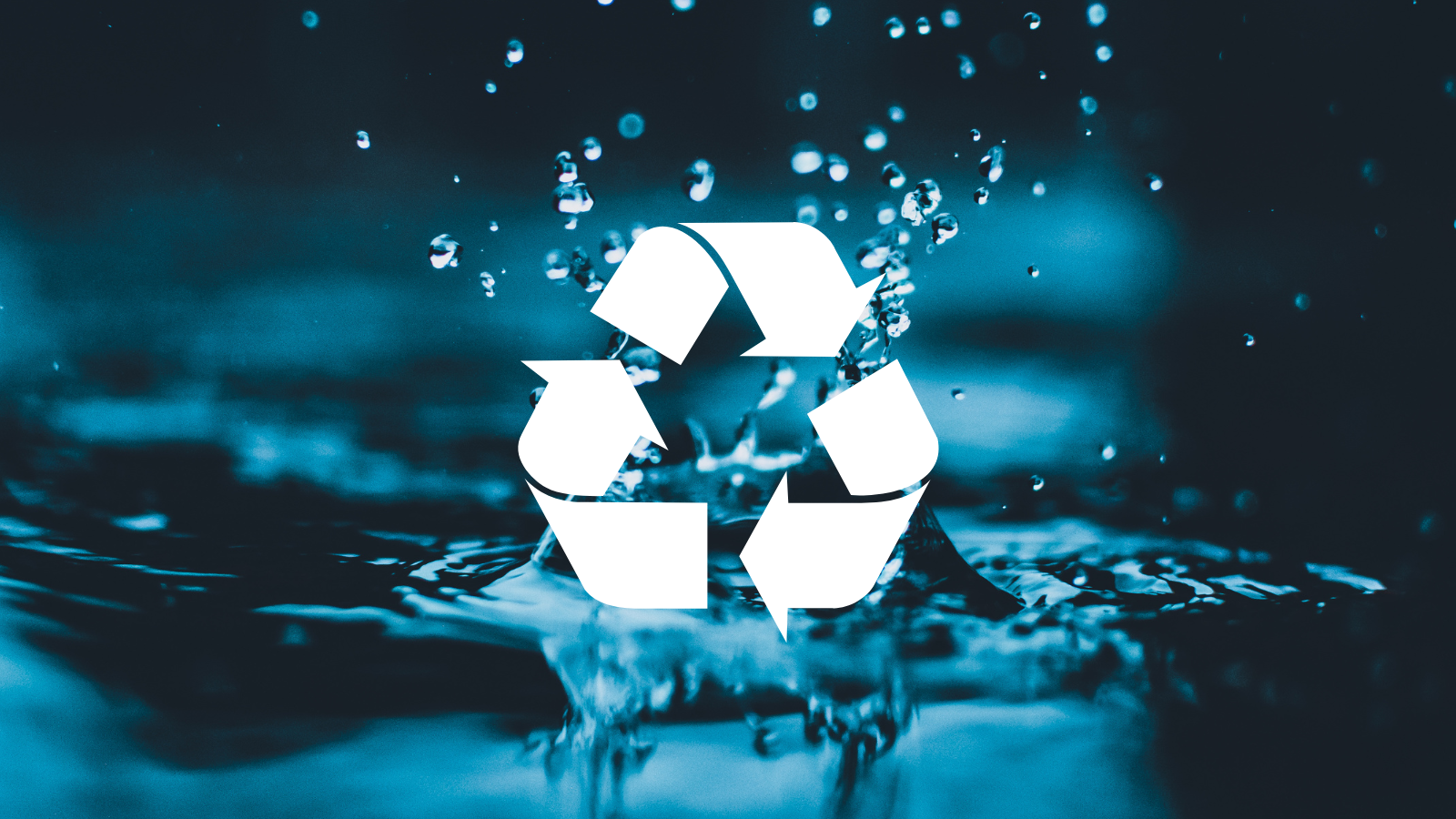
Why is Greywater Recycling so Important?
Due to climate change and population growth, most regions of the world now face increasing periods of drought and lower ground water levels. In summer 2022, Europe suffered under the most severe drought in 500 years, while the American Southwest is forced to find new ways to leverage its remaining water sources like the Colorado River. Water scarcity impacts people and organizations in their daily lives. Business operations stagnate and people must adapt their lifestyles, so we need to transition towards a water smart society.
If 50% of the world population would recycle its water at home, we could save 66 billion gallons of potable water use and 105 thousand tons of CO2 every single day.
In the next 25 years, the world population will grow by two billion people and more than 60% of all people will live in urban areas. As a result, the global demand for clean water will grow by 55% – much more than the hydrological cycle can...
read more